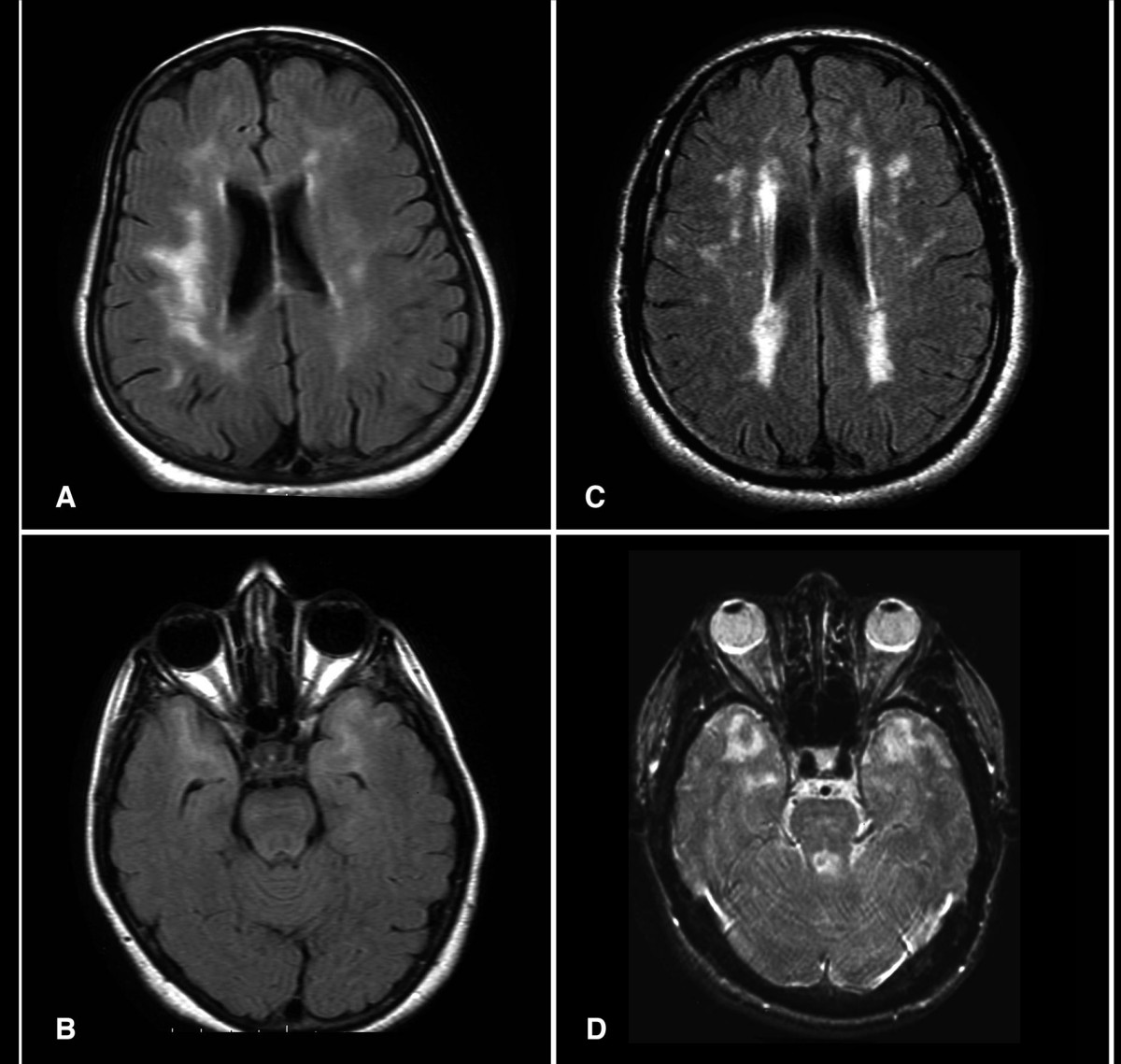Cadasil

CADASIL (Cerebral Autosomal Dominant Arteriopathy with Sub-cortical Infarcts and Leukoencephalopathy) is an inherited disease of the blood vessels that occurs when the thickening of blood vessel walls blocks the flow of blood to the brain. The disease primarily affects the small blood vessels in the white matter of the brain. CADASIL is characterized by migraine headaches and multiple strokes, which progresses to dementia. Other symptoms include white matter lesions throughout the brain, cognitive deterioration, seizures, vision problems, and psychiatric problems such as severe depression and changes in behavior and personality. Individuals may also be at higher risk of heart attack. Symptoms and disease onset vary widely, with signs typically appearing in the mid-30s. Some individuals may not show signs of the disease until later in life.
CADASIL is caused by a variant (or mutation) in a gene called NOTCH3. Inheritance is autosomal dominant. There is no cure yet. Treatment is only supportive and depends on the symptoms. Most people with CADASIL become bed-ridden and develop dementia over time. Life expectancy is also reduced in people with CADASIL due, especially, to lung and heart diseases. Because people who smoke or have high arterial pressure or have other vascular risk factors, control of any vascular risk factors is an important part of CADASIL management.
CADASIL is caused by a variant (or mutation) in a gene called NOTCH3. Inheritance is autosomal dominant. There is no cure yet. Treatment is only supportive and depends on the symptoms. Most people with CADASIL become bed-ridden and develop dementia over time. Life expectancy is also reduced in people with CADASIL due, especially, to lung and heart diseases. Because people who smoke or have high arterial pressure or have other vascular risk factors, control of any vascular risk factors is an important part of CADASIL management.